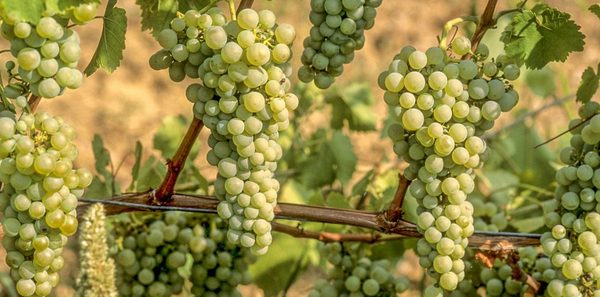International Sauvignon Blanc Day
While International Sauvignon Blanc Day was created by folks in the Marlborough (New Zealand) wine region, it’s a great excuse to pick up a bottle of SB from any region, whether it be the flinty Sancerres, powerful (and spendy) SBs from Didier Dagueneau, grassy Napa SBs, or the kiwi fruit and lime-scented NZ SBs!
Sauvignon Blanc is one of the most popular white wines in the U.S. Often referred to as “grassy,” it is known for its refreshing crispness, which is due to its high levels of acidity and low amounts of sugar.
Sauvignon blanc is planted in many of the world’s wine regions, producing a crisp, dry, and refreshing white varietal wine. The grape is also a component of the famous dessert wines from Sauternes and Barsac. Sauvignon blanc is widely cultivated in France, Chile, Romania, Canada, Australia, New Zealand, South Africa, Bulgaria, the states of Washington, and California in the US. Some New World Sauvignon blancs, particularly from California, may also be called “Fumé Blanc”, a marketing term coined by Robert Mondavi in reference to Pouilly-Fumé.
From its homeland in the Loire Valley, where citrus, flinty, and smoky flavors shine through in Sancerre and Pouilly-Fume, to Marlborough, New Zealand, where it is pungent, racy, and “green” (think grass, leaves, gooseberries, and bell peppers) and tastes of grapefruit and passionfruit, Sauvignon Blanc has something to offer every wine drinker.
Depending on the climate, the flavor can range from aggressively grassy to sweetly tropical. In cooler climates, the grape has a tendency to produce wines with noticeable acidity and “green flavors” of grass, green bell peppers and nettles with some tropical fruit (such as passion fruit) and floral (such as elderflower) notes. In warmer climates, it can develop more tropical fruit notes but risks losing much aroma from over-ripeness, leaving only slight grapefruit and tree fruit (such as peach) notes.
In Bordeaux, it is typically blended with Sémillon and Muscadelle to produce a softer, richer style. In California, any of the aforementioned styles can be emulated.
The freshness of Sauvignon Blanc’s flavor – from bell pepper and cut grass to passionfruit, gooseberry, and ripe kiwi – lends it to a range of light, summery dishes including salad, seafood, and mild Asian dishes.
Sauvignon Blanc settles in comfortably at the table with notoriously difficult foods like goat cheese and asparagus. When combined with Sémillon (and perhaps some oak), it can be paired with more complex seafood and chicken dishes.
Along with Cabernet Franc, Sauvignon Blanc is the proud parent of Cabernet Sauvignon. That green bell pepper aroma that all three varieties share is no coincidence—it comes from a high concentration of pyrazines (an herbaceous aromatic compound) inherent to each member of the family.
The grape most likely gets its name from the French words sauvage (“wild”) and blanc (“white”) due to its early origins as an indigenous grape in South West France, and is a descendant of Savagnin.
Sauvignon Blanc, when slightly chilled, pairs well with fish or cheese, particularly chèvre. It is also known as one of the few wines that can pair well with sushi. Along with Riesling, Sauvignon blanc was one of the first fine wines to be bottled with a screwcap in commercial quantities, especially by New Zealand producers.



